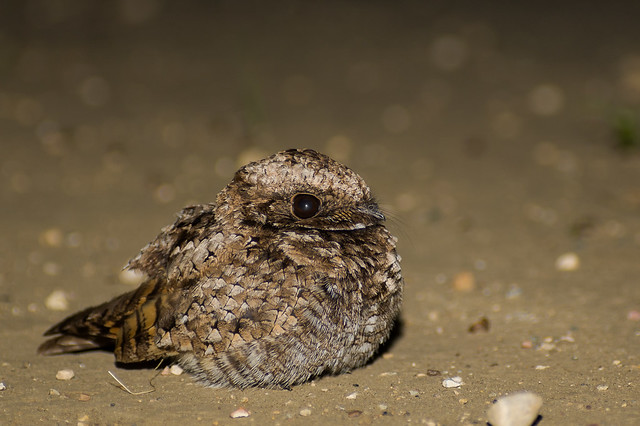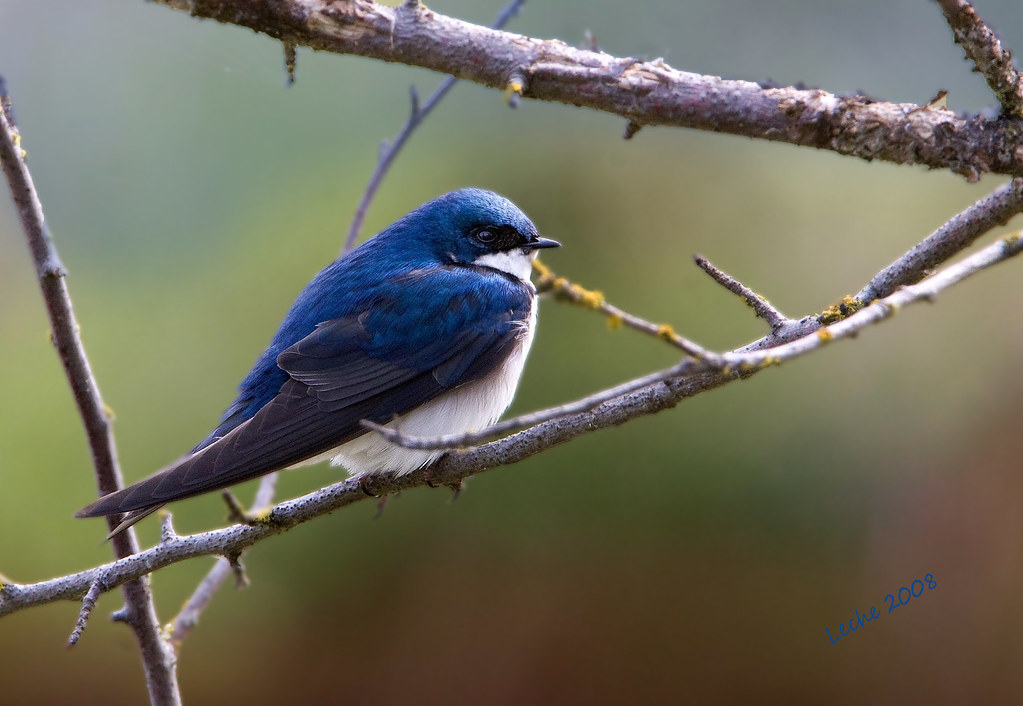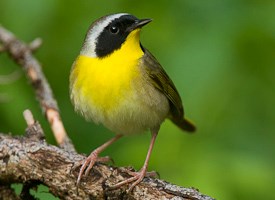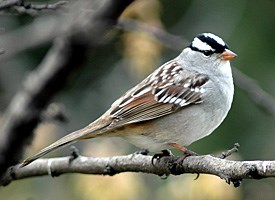For those of you who are unfamiliar with this effort, the Laramie Audubon Society participates in a National Nightjar Survey that was initiated in 2007 by the Center for Conservation Biology. Nightjars are enigmatic, nocturnally-active birds whose populations are thought to be declining throughout North America. Wyoming has two species of nightjars: Common Nighthawk and Common Poorwill.
 |
| Common Nighthawk. Photo by Kenneth Schneider (Flickr, CC) |
If you are interested in participating in these surveys please e-mail me. For those who would like to participate, I will explain the protocols and data collection, and hand out data sheets, sunset/moonrise/moonset times, and survey route maps on Tuesday June 3rd at 6 pm in the University of Wyoming Student Union, at the seating area across from the information booth on the main level. If you cannot make this training time but would like to participate, please e-mail to set up an alternate time to meet me.
 |
| Common Poorwill. Photo by Andy Teucher (Flickr, CC) |
Thanks to those who decide to participate and let’s hope the weather cooperates this year!
Sophie Osborn
P.S. For those who prefer hiking and doing daytime bird surveys, we will be conducting our annual Brown-capped Rosy-Finch survey on July 12, 2014 this year. More information about that survey to come soon...










